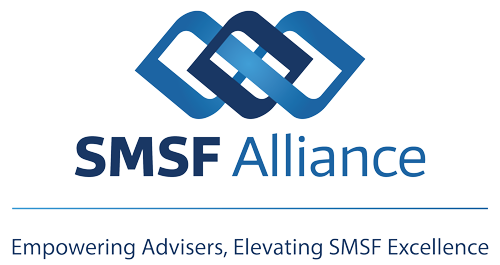Opposition to the Government’s proposed super tax is growing rapidly, not so much for its imposition but for its methodology. This “equity” measure seeks to impose a non-indexed cap. It is disingenuous of the Government to state that the measure will “only” effect 80,000 members when they well know that bracket creep will cause that number to grow by a multiple in under 10 years. Indexation is not negotiable. It is mandatory. Anything less makes a mockery of the concept of equity.
The second major problem is the proposed formula. It does not impose an additional 15% tax on the income of high balance members. It is not based on taxable income at all. It is a new type of wealth tax that includes unrealised gains. This method has been proposed because it is easy to calculate and does not require any changes to existing systems. Convenience does not equal fairness. It would not be particularly onerous for an additional field to be incorporated into fund financials which species the pre-tax income attributable to each superannuation interest. It’s a software issue – and a rather easy one at that. The ATO could then impose an additional 15% tax on this amount. The result would be what the government announced – not what their proposed methodology would achieve.
With a focus on the handful of members with balances in excess of $100m the government initially had the opposition on the back foot but the pendulum is swinging back. The government needs to remember how John Hewson lost the unlosable election in 1993 when he could not explain how his proposed GST on food would affect the price of a birthday cake.


